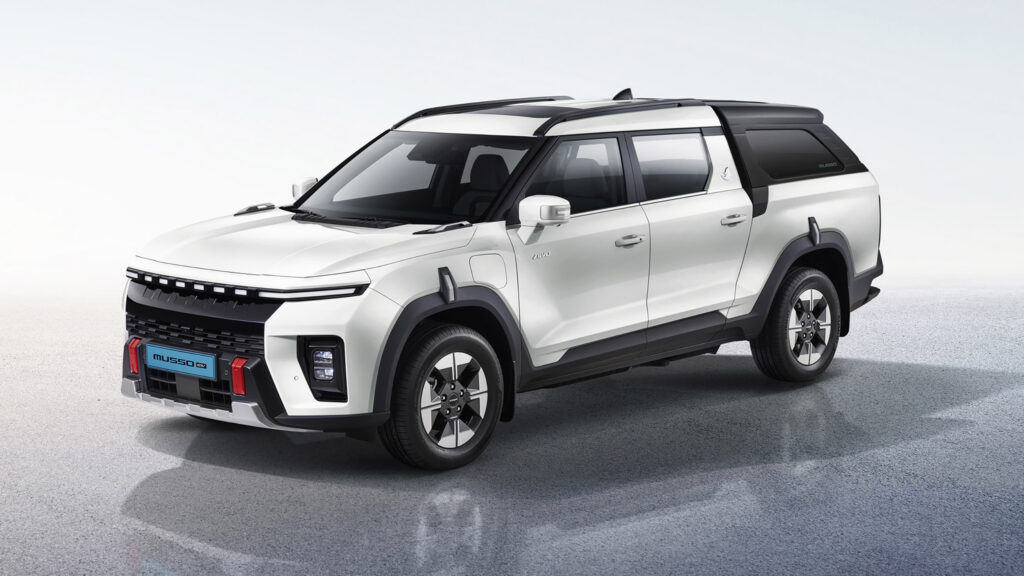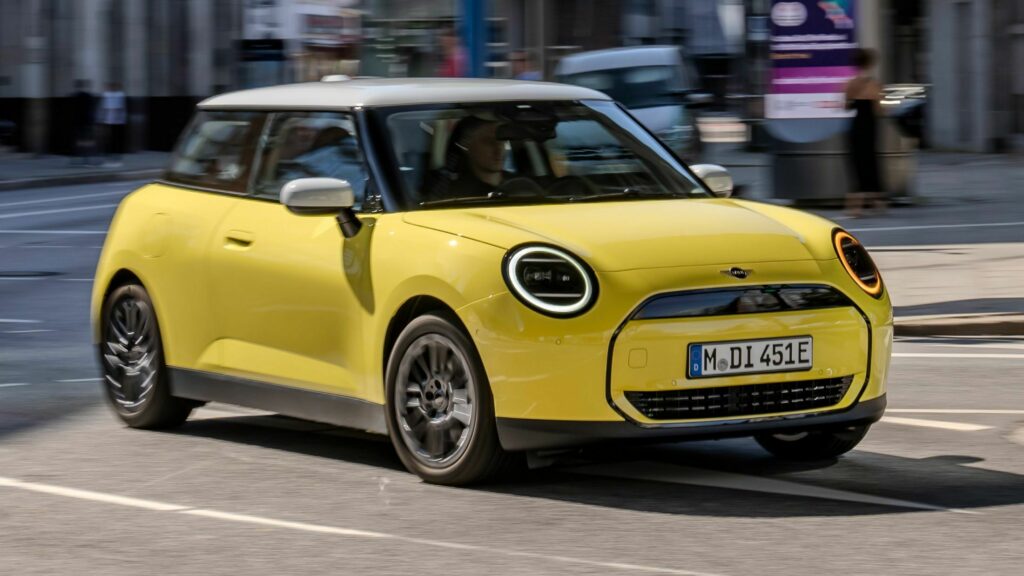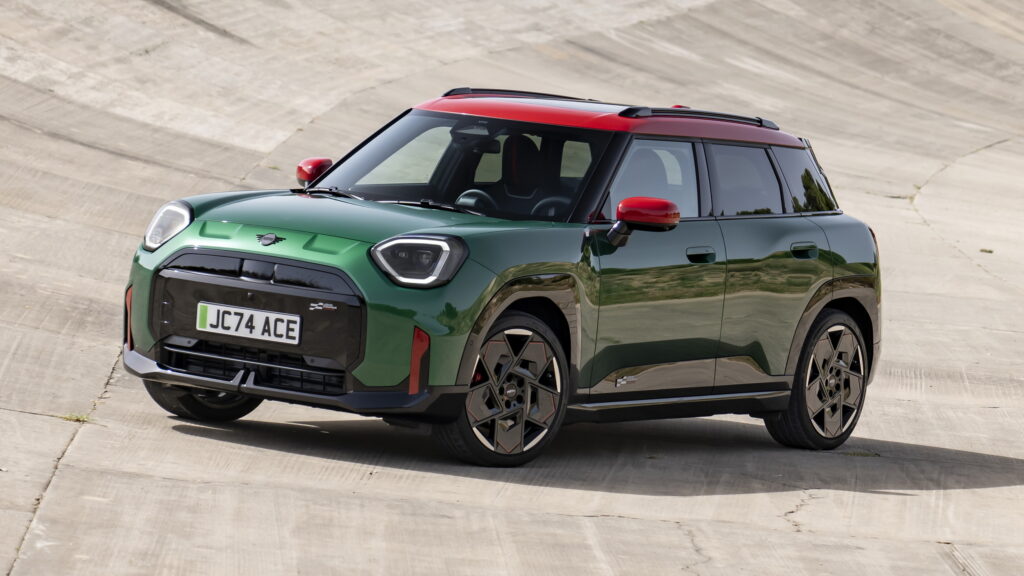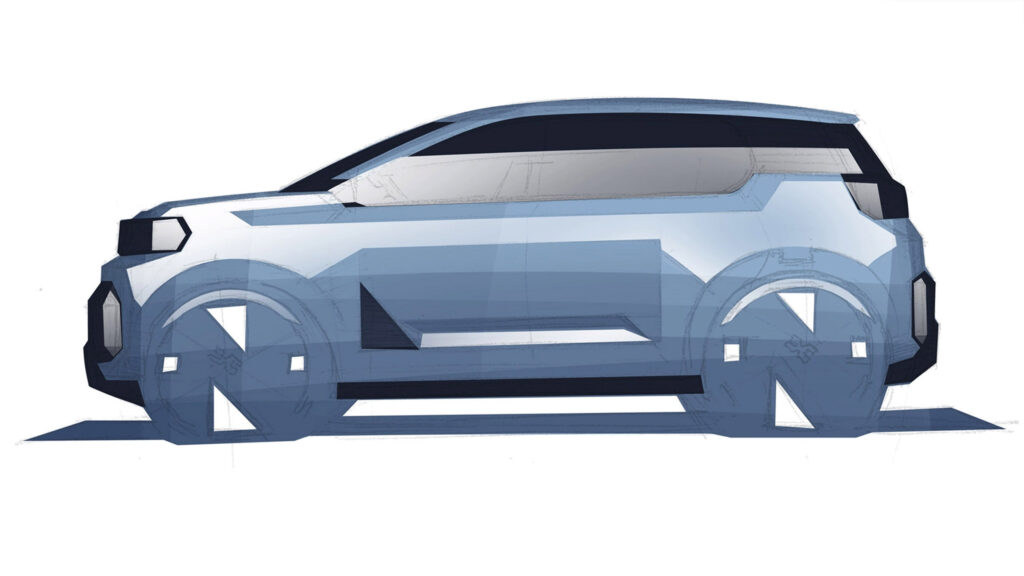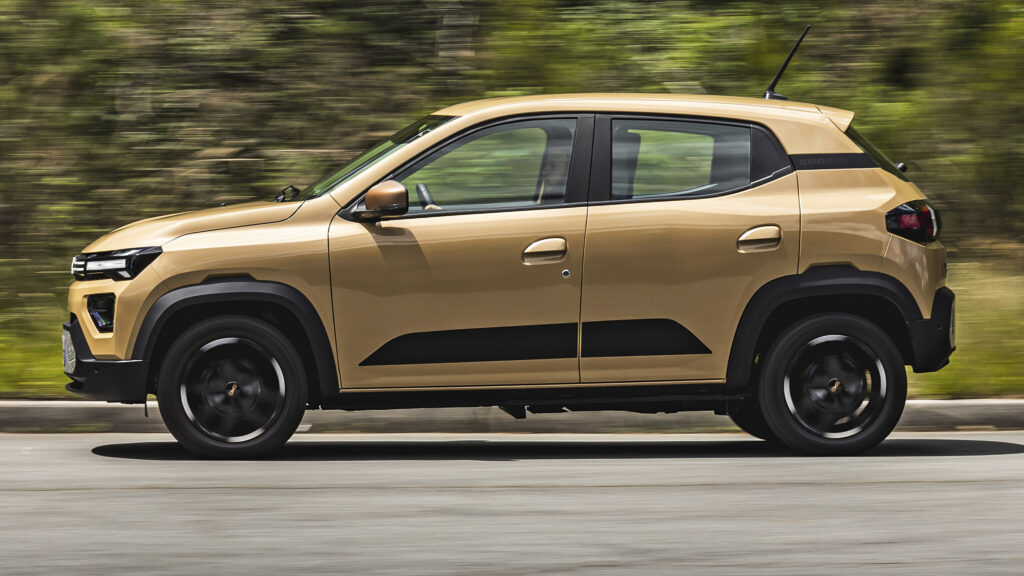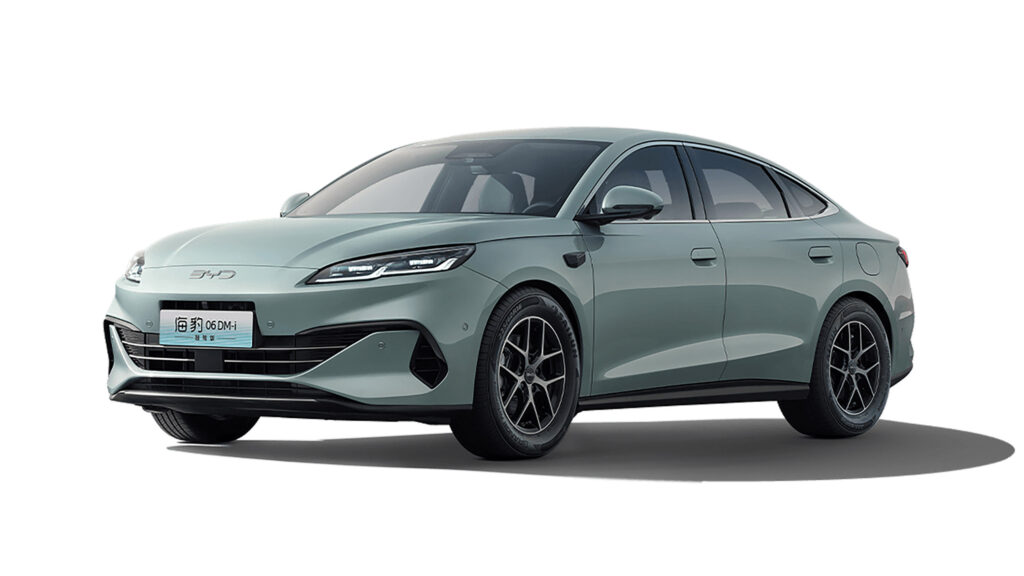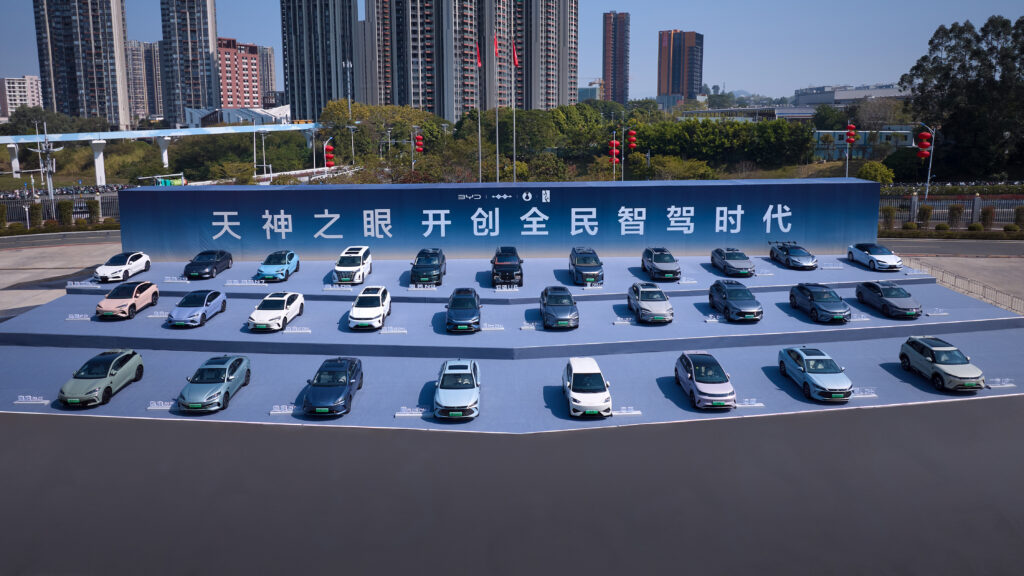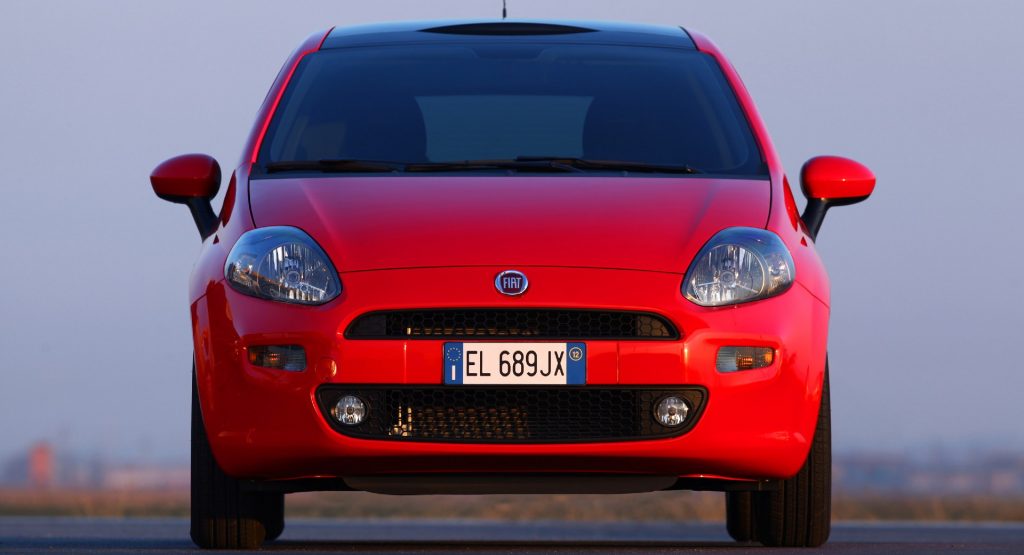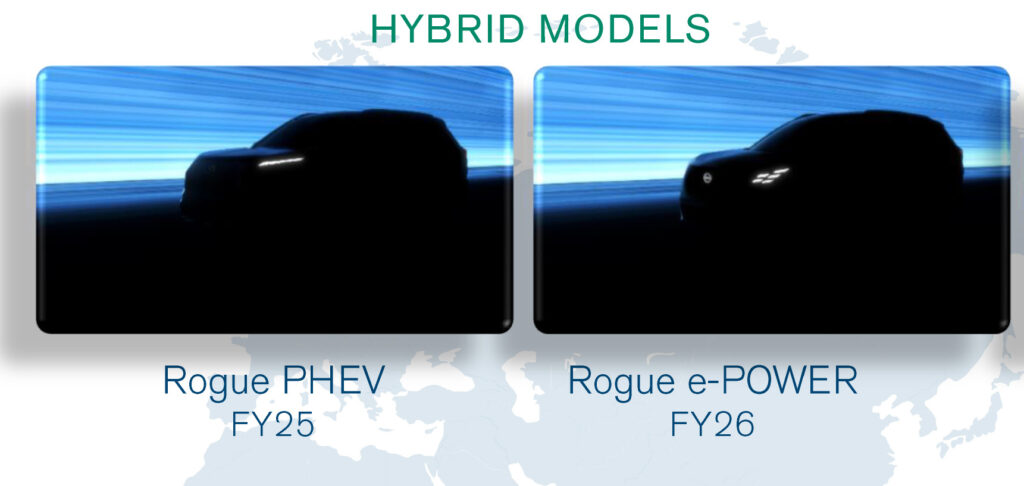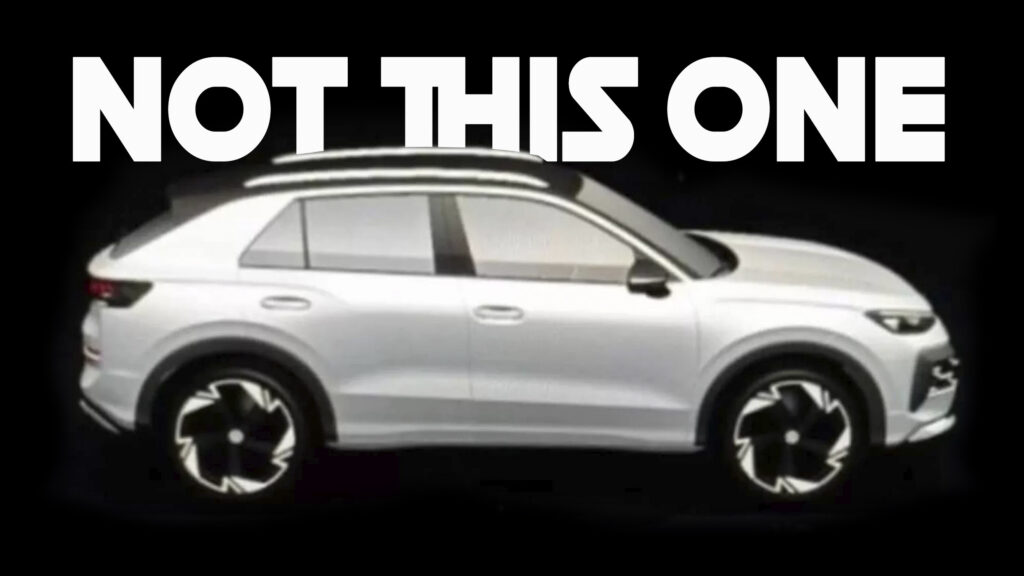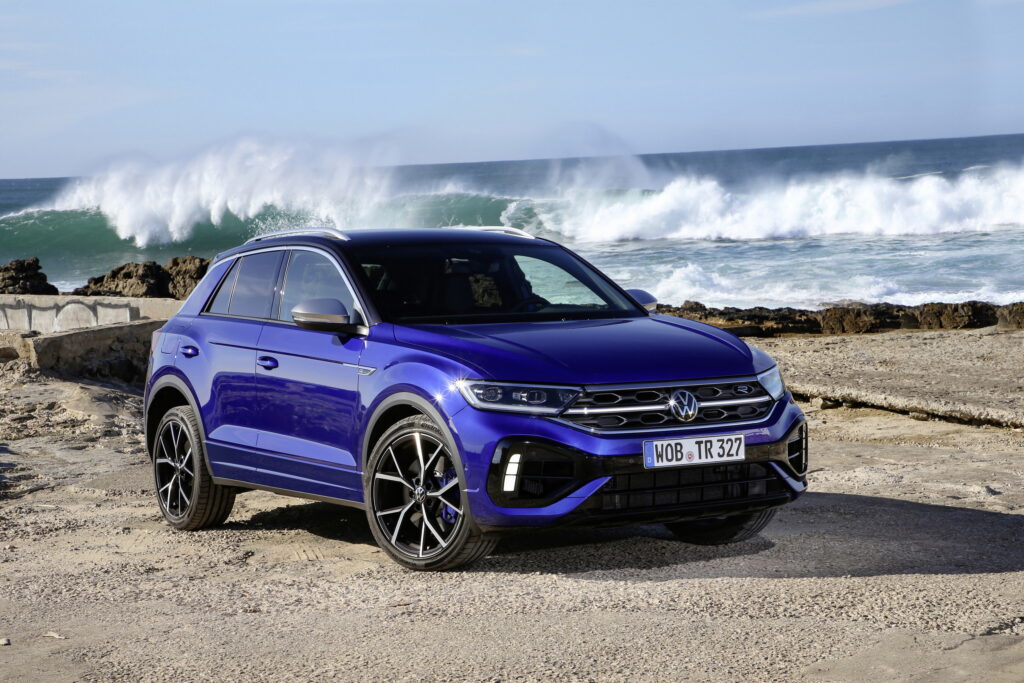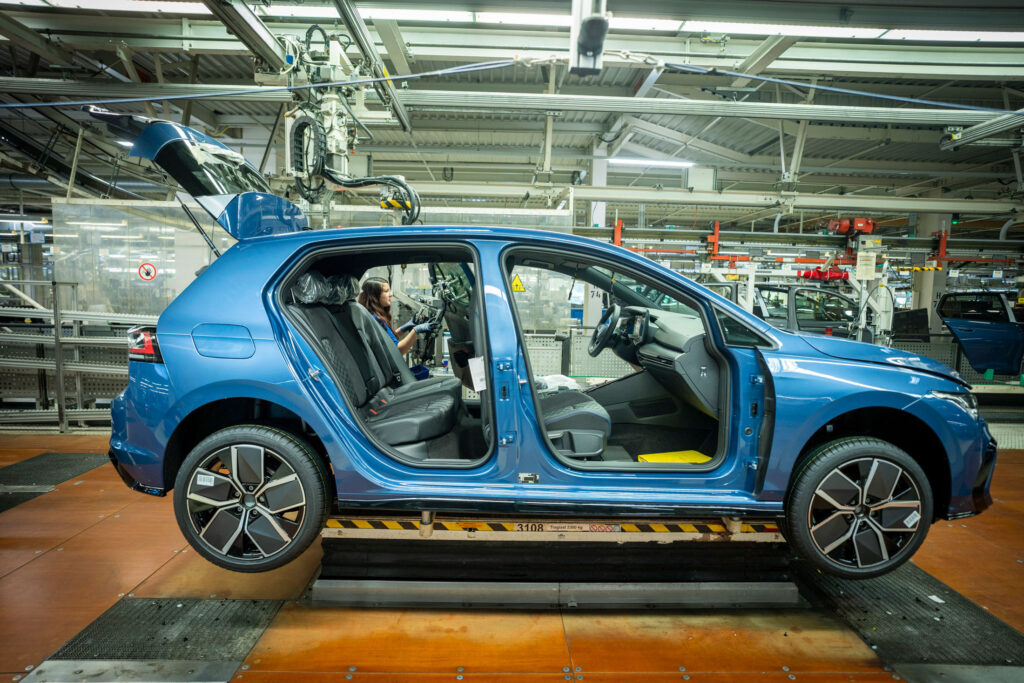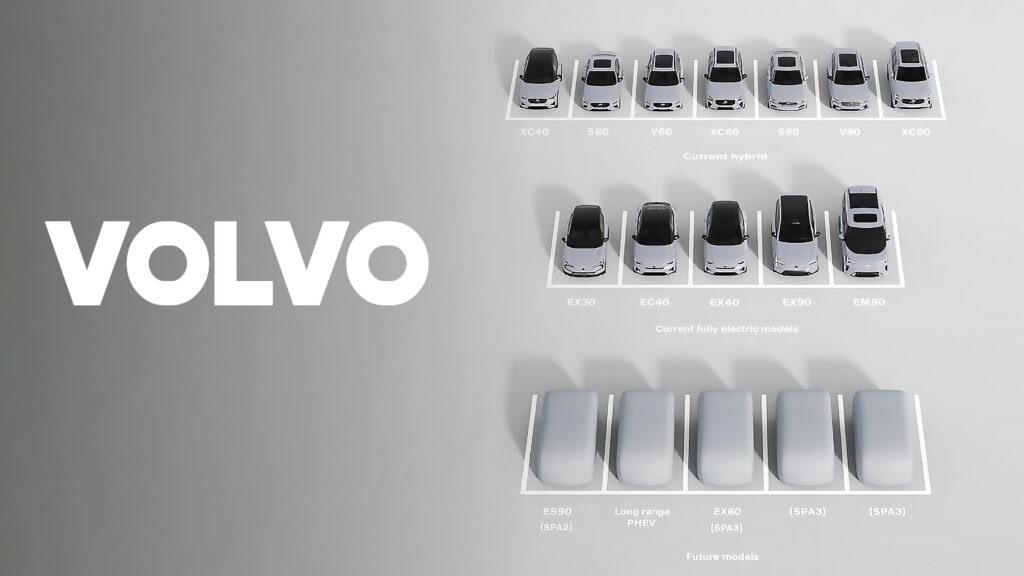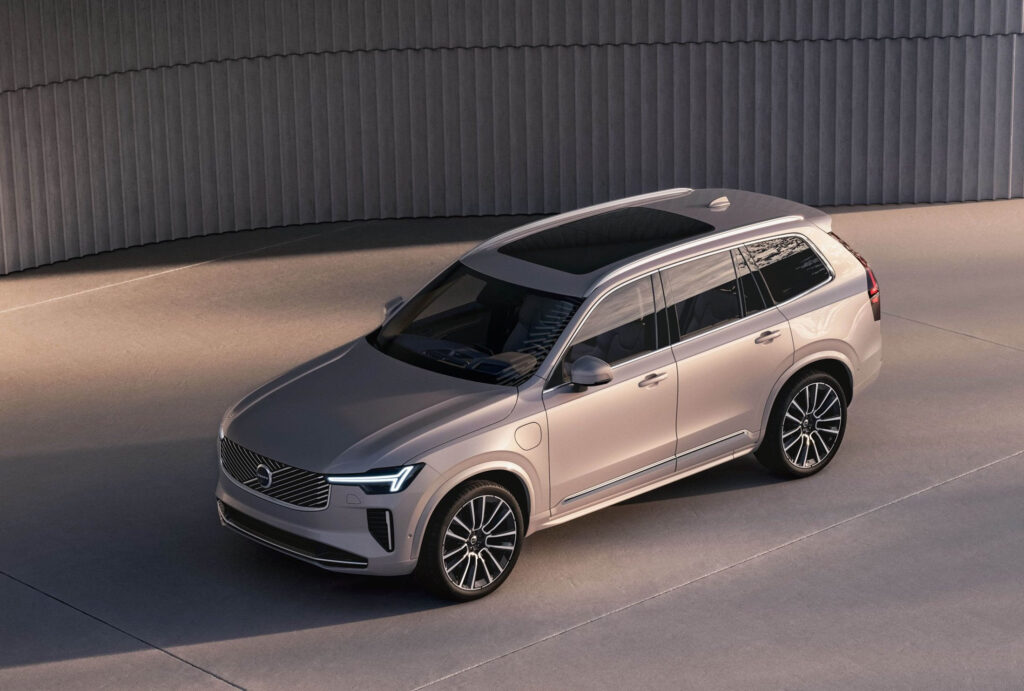Mercedes Teases Baby G-Class, Electric E-Class, And More, V8 And V12 Live On
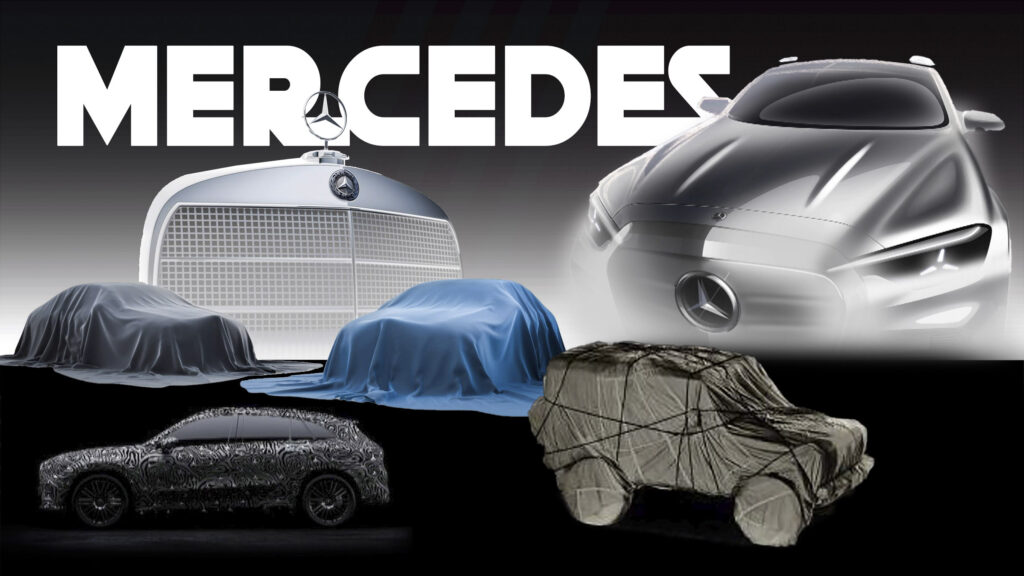
- Mercedes will launch 17 new or refreshed BEVs and 19 ICE models by 2027.
- A smaller G-Class off-roader and an E-Class EV sedan are among the highlights.
- The company will continue offering V8 and V12 powertrains on high-end models.
Mercedes-Benz’s presentation on its future strategy this week offered a glimpse into what lies ahead for the brand, with teasers for several upcoming models. Over the next two years, Mercedes plans to introduce 36 new and updated vehicles, including a compact G-Class off-roader, a fully electric E-Class sedan, a new generation of the GLC, and refreshed versions of the S-Class, GLE, and GLS.
The lineup will feature a mix of electric and internal combustion engine models, reflecting the brand’s decision to redirect development funds from EVs to gas-powered vehicles.
A Baby ‘g-Class’ with Retro Vibes
One of the most interesting announcements was the confirmation of a smaller off-roader that will use a lowercase “g” in its name to distinguish it from the rest of the G-Class family.
More: Mercedes-Benz Vans Abandons EV-Only Push, Announces New ICE Platform
The teaser indicates that the new model will have a compact footprint while maintaining the boxy stance and ample ground clearance of its larger sibling. In fact, its design pays even greater homage to the original 1979 G-Class, thanks to its pronounced bumpers and short wheelbase.
Although Mercedes didn’t share details about its underpinnings, rumors suggest the baby g-Class could be fully electric. However, it remains uncertain whether it will use a ladder-frame chassis like the traditional G-Class or switch to a unibody design.

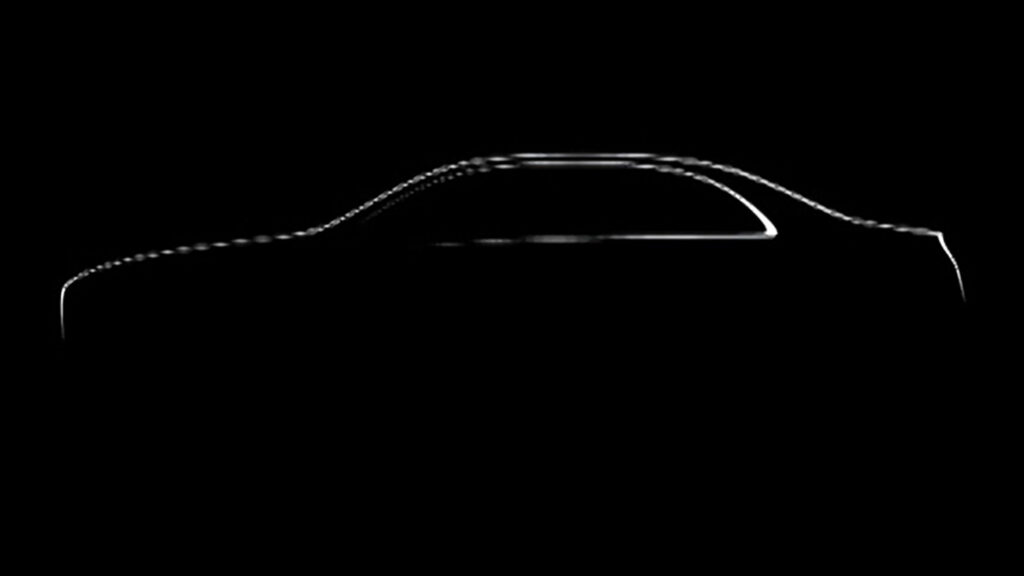
Fully Electric E-Class with a Classic Twist
Another major announcement was the upcoming fully electric E-Class sedan, which is expected to replace the EQE while being sold alongside the gas-powered E-Class. Mercedes revealed a teaser silhouette that hints at a shift from the rounded shapes of its current EVs to a more classic, angular design. The company promises a “status-oriented” wheelbase, improved noise insulation, and advanced driver assistance systems, including L2++ and L3 Highway capabilities.
More: Mercedes May Be Bringing Back AMG And Maybach S-Class Coupes
Mercedes is also preparing a facelifted version of the S-Class. The flagship sedan will receive styling and technology updates, along with expanded customization options through the Manufaktur label. The powertrain lineup will continue to feature diesel, gas, and hybrid variants. Notably, the V8 and V12 engines will still be offered, although the 12-cylinder model will be restricted to select markets.
Looking further ahead, the next generation of the S-Class, expected to arrive towards the end of the decade, will be available in both ICE and BEV versions.
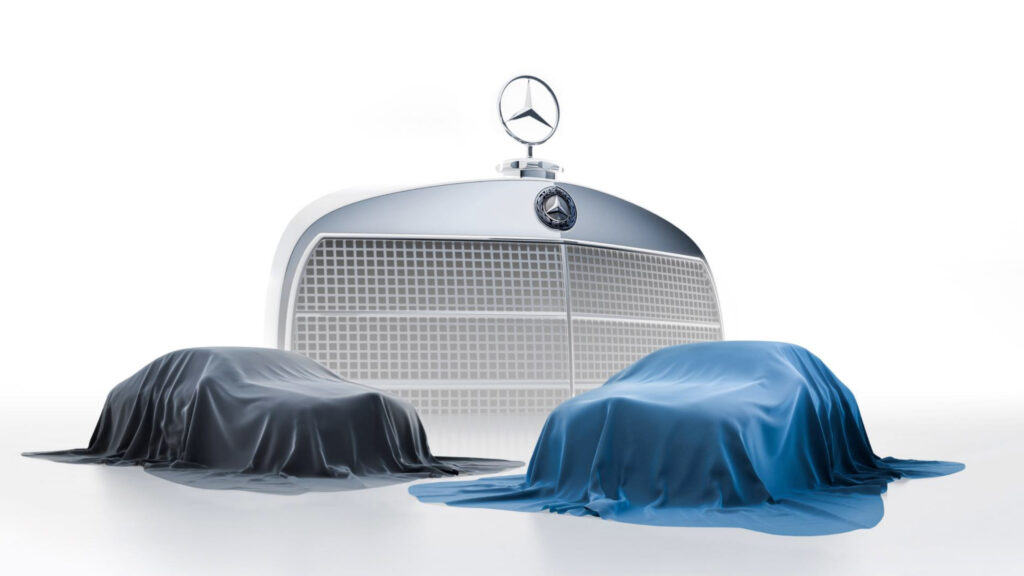
Unified Styling for EVs and ICE
In line with industry trends, Mercedes announced that future ICE and BEV models will share a unified design language, similar to BMW’s approach. A teaser featuring two similarly sized sedans—presumably with different powertrains—showed the traditional Mercedes grille in the background, hinting that it could inspire the design of future models.
The unnamed models are covered under a veil, but appear to have a bulge on the edge of the hood, hinting at a new interpretation of the signature ornament or a more pronounced grille surround.
SUVs Galore
Looking at the crossover lineup, the most anticipated debut is the next-generation GLC, set to launch in 2026 as a competitor to the BMW iX3 Neue Klasse. This model will share the MB.EA platform with a fully electric C-Class sedan, both of which are expected to be more advanced than the upcoming CLA sedan’s MMA platform.
The new GLC will be joined by redesigned versions of the smaller GLA and GLB, as well as updated GLE and GLS models. All of these SUVs will showcase Mercedes’ latest design language, previewed in an official sketch that highlights a sculpted hood, aggressive headlights with star-shaped LED graphics, and a larger grille flanked by AMG-style bumper intakes.
Looking Ahead
Overall, Mercedes is planning a major overhaul of its lineup, with 17 new BEVs and 19 new ICE-powered models set to launch by 2027. These additions will span the entry-level, core, and top-end segments, helping the automaker expand its reach while streamlining production costs.
However, with tough competition and uneven global demand, Mercedes-Benz expects its carmaking margin to drop to around 6% this year, falling short of previous targets. To counter this, the company aims to cut production costs by 10% by 2027 and collaborate with suppliers to lower material expenses. This is all part of a broader strategy to boost profitability and navigate challenges like weaker demand for luxury cars in key markets such as China.

